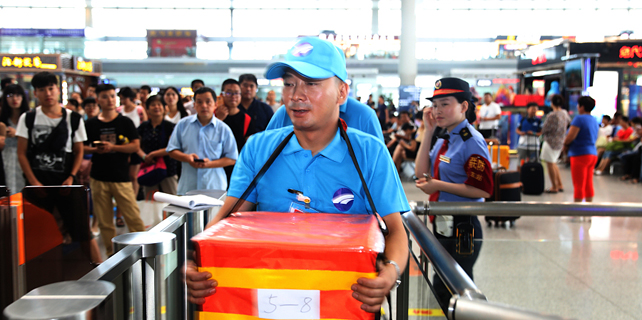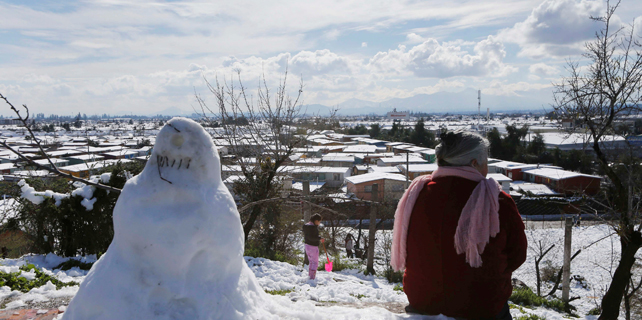China's economy is on the right track
 |
|
Jing Ulrich, vice-chairman of Asia-Pacific at JP Morgan. [Photo/VCG] |
Total industrial profits increased 22.7 percent year-on-year between the January-May period. In the first and the second quarters, China's GDP grew at a respectable rate of 6.9 percent year-on-year, beating expectations.
The stable growth and PPI inflation have reduced the risks of credit defaults in the economy. This has provided a supportive environment for policymakers to manage financial risks that could arise from shadow banking.
A2: Looking at the second half of the year, we expect economic growth to moderate from the first six months. Indeed, data from the second quarter indicate moderation in industrial production growth and fixed investment activity.
In addition, the housing market has also showed signs of cooling, as reflected by lower investment growth in recent months. We expect to see more softening in the economy in the coming months, as the impact of fiscal support in the first quarter diminishes.
The impact of financial and housing market tightening will also become more apparent.
A3: The resilient performance of the service sector will be one of the key factors supporting China's growth in the near term.
Rapid expansion of technology and service industries will create new jobs and products that meet the needs of a thriving middle-class population. Their consumption power will help drive the economy forward.
In terms of challenges, corporate debt and the growth of shadow banking activity remain key issues, which could result in a setback for the economy.
Policymakers have taken steps to tighten financial conditions and curb risky credit, but they need to balance them with accommodative policies that support economic growth.
A4: First, policymakers should continue to provide incentives that encourage the development of tertiary industries and new economy sectors.
Second, State-owned enterprise, or SOE, reform remains a critical element in addressing the debt and overcapacity problems. A transparent, legally-based bankruptcy scheme needs to be implemented for under performing SOEs.
To ensure its success, reforms need to be accompanied by comprehensive skills retraining to help displaced workers find employment in new firms and industries.
The transition can be painful, but the commitment to carry out such reforms will steer China toward a more stable and sustainable growth path in the long run.









